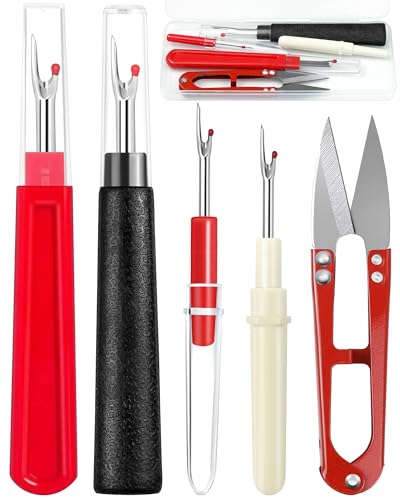Are you a sewing enthusiast looking to take your projects to the next level? One essential tool that can help you achieve professional-looking finishes is a serger. But how do you know if your sewing machine already has this feature? In this article, we’ll explore some key indicators that can help you determine whether your sewing machine has a built-in serger or not. By the end, you’ll be equipped with the knowledge to make the most of your machine and create beautifully finished garments and projects.
If you’re new to sewing or have recently acquired a sewing machine, you may be wondering if it has a serger function. A serger, also known as an overlocker, is a specialized machine that trims and finishes fabric edges in one step, creating neat and professional-looking seams. While not all sewing machines have this feature, many modern models do come with a built-in serger. But how can you tell if your machine is one of them? In this article, we’ll discuss some telltale signs to look out for, so you can make the most of your sewing machine’s capabilities.
Have you ever wondered if your sewing machine has a serger feature? If you’re looking to achieve clean and professional finishes on your sewing projects, a serger can be a game-changer. While some sewing machines come with a built-in serger, others may require an additional attachment or accessory. In this article, we’ll help you determine whether your sewing machine has a serger function, so you can take your sewing skills to the next level. Stay tuned to find out how you can achieve those polished and professional-looking seams effortlessly.
What is a Serger?
If you’re new to sewing, you may have heard the term “serger” tossed around, but you might not be exactly sure what it is. A serger, also known as an overlocker in some countries, is a specialized machine that is commonly used in garment sewing. Unlike a regular sewing machine, a serger trims, finishes, and secures the fabric edges all in one swift motion, resulting in clean and professional-looking seams.
A serger uses multiple threads to create different types of stitches, including overlock, rolled hem, and flatlock stitches. This versatility allows you to create various finishes and seam styles, depending on the requirements of your project. With a serger, you can achieve a polished and neat look to your sewing projects, whether it’s clothing, home decor items, or even craft projects.
One of the reasons why many sewing enthusiasts love using a serger is its ability to prevent fraying of fabric edges. The serger’s knife trims off any excess fabric while the machine simultaneously stitches over the trimmed edge, creating an enclosed seam that prevents fraying and adds durability to your finished piece.
In addition to finishing edges, a serger can also be used for other techniques like gathering fabric, attaching elastic, and even creating decorative stitching. This machine truly is a versatile tool that can enhance your sewing skills and take your projects to the next level.
Now that you know what a serger is and the benefits it offers, you may be wondering if your sewing machine has this fantastic feature already built-in. Don’t worry, in the next section, we will explore some indicators that will help you determine if your sewing machine has a built-in serger. So let’s dive right in and discover if you’re ready to take your sewing to a whole new level!
Remember, a serger is a powerful addition to your sewing arsenal, allowing you to achieve professional-looking results. Whether you’re a beginner or an experienced sewer, a serger can take your projects to the next level by adding that perfect finish and durability. So if you don’t already have one, it might be worth considering adding a serger to your sewing room. Keep reading to find out if your sewing machine already has this amazing feature.
What is a Sewing Machine?
A sewing machine is a versatile tool that every craft enthusiast should have in their arsenal. It is a mechanical or computerized device that helps create beautiful stitches, seams, and designs on fabric. Whether you are a novice or an experienced seamstress, a sewing machine can make your projects easier and more professional-looking.
Sewing machines come in various types, from basic models to high-end machines with advanced features. They can be used for a wide range of sewing projects, such as making clothes, home decor items, and even quilting. With the right attachments and accessories, a sewing machine can also perform embroidery and decorative stitching.
Understanding the Different Types of Sewing Machines
There are several types of sewing machines available in the market, each with its own set of features and functions. Here are some common types of sewing machines:
- Mechanical Sewing Machines: These machines are the traditional models that are operated manually using foot pedals or hand cranks. They are reliable and generally more affordable compared to computerized machines.
- Computerized Sewing Machines: As the name suggests, these machines are equipped with a computerized system that allows for precise stitching and advanced features. They have programmable stitch patterns, LCD screens, and automatic thread cutters, making them ideal for intricate projects.
- Serger Sewing Machines: Also known as overlock machines, sergers are specialized machines that trim, finish, and secure fabric edges in one step. They are commonly used in garment construction and produce professional-looking seams. Not all sewing machines have a built-in serger, but some models have the option to attach a serger foot.
Determining if Your Sewing Machine has a Serger
Now that you understand the different types of sewing machines, you may be wondering if your machine has a built-in serger. Here are a few ways to determine that:
- Check the Manual: The first step is to refer to the user manual that came with your sewing machine. It should have a section listing the machine’s features, including whether or not it has a serger function.
- Look for Differential Feed: If your machine has a differential feed feature, it is an indication that it has serger capabilities. Differential feed allows you to adjust the speed at which the fabric is fed through the machine, which is essential for achieving clean and even stitches.
- Inspect the Stitch Options: Examine the stitch options on your machine.
Differences between Sergers and Sewing Machines
When it comes to sewing, understanding the differences between sergers and sewing machines is key. Both machines have their own unique features and purposes. Here are some important distinctions you should know:

1. Stitch Options
Sewing machines typically have a wide variety of stitch options, allowing you to create different types of seams, decorative stitches, and buttonholes. On the other hand, sergers specialize in creating professional-looking finishes on fabric edges. They use multiple threads to create a strong and secure stitch known as an overlock stitch. This stitch not only trims the fabric edges but also finishes them, preventing fraying.
2. Thread Usage
Another significant difference is the thread usage. Sewing machines usually require one or two spools of thread, depending on the type of stitch. Sergers, on the other hand, utilize multiple spools of thread. This allows them to create complex stitches, such as the 4-thread overlock stitch. The extra thread creates a strong, durable seam that can withstand everyday wear and tear.
3. Speed and Efficiency
Sergers are known for their speed and efficiency. They can stitch at a much faster rate than sewing machines, making them ideal for large sewing projects or when time is of the essence. With their trimming and finishing capabilities, sergers can create professional-looking garments in a fraction of the time it would take with a sewing machine.
4. Seam Finishes
While sewing machines can create a variety of seam finishes, sergers excel in creating neat and professional-looking finishes. The overlock stitch created by a serger not only trims the fabric edges but also encloses them within the stitch, preventing fraying and providing a clean, polished look. This makes sergers perfect for creating garments with delicate or easily frayed fabrics.
Understanding the differences between sergers and sewing machines can help you make an informed decision when choosing the machine that best suits your needs. Each machine has its own unique features and benefits. Whether you’re looking to add a serger to your sewing collection or simply want to get the most out of your sewing machine, knowing these distinctions will elevate your sewing skills and give you the confidence to tackle any project.
Can a Sewing Machine Have a Serger Function?
« Discover the Ultimate Sewing and Embroidery Machine: Unveiling the Best Machine for Perfect Stitches and Stunning Designs
Unleash Your Sewing Projects to Pro-Level with this Game-Changing Serger Hack »
When it comes to sewing machines, there are different types and models available in the market. One question that often pops up is whether a sewing machine can have a serger function. The answer is yes! Some sewing machines do come with a built-in serger function, offering you the convenience of both machines in one.
Here are a few key points to consider when determining if your sewing machine has a serger function:
1. Check the Features: Start by reviewing the features of your sewing machine. Look for any mention of a serger or overlock stitch option. Some machines have dedicated buttons or knobs specifically for serging. If your machine has these features, then congratulations! You have a sewing machine with a built-in serger function.
2. Look for Stitch Options: Take a closer look at the stitch options available on your machine. Sergers typically have a few common stitches, including the 3-thread overlock, 4-thread overlock, and rolled hem. If you find these stitch options on your sewing machine, it’s a strong indication that it has a serger function.
3. Explore the Manual: If you’re still unsure, pull out your sewing machine manual and give it a thorough read. The manual should have a section on stitch options and functions. Look for any mention of a serging feature or a serger-like stitch. This will confirm if your sewing machine has the capability to perform serger functions.
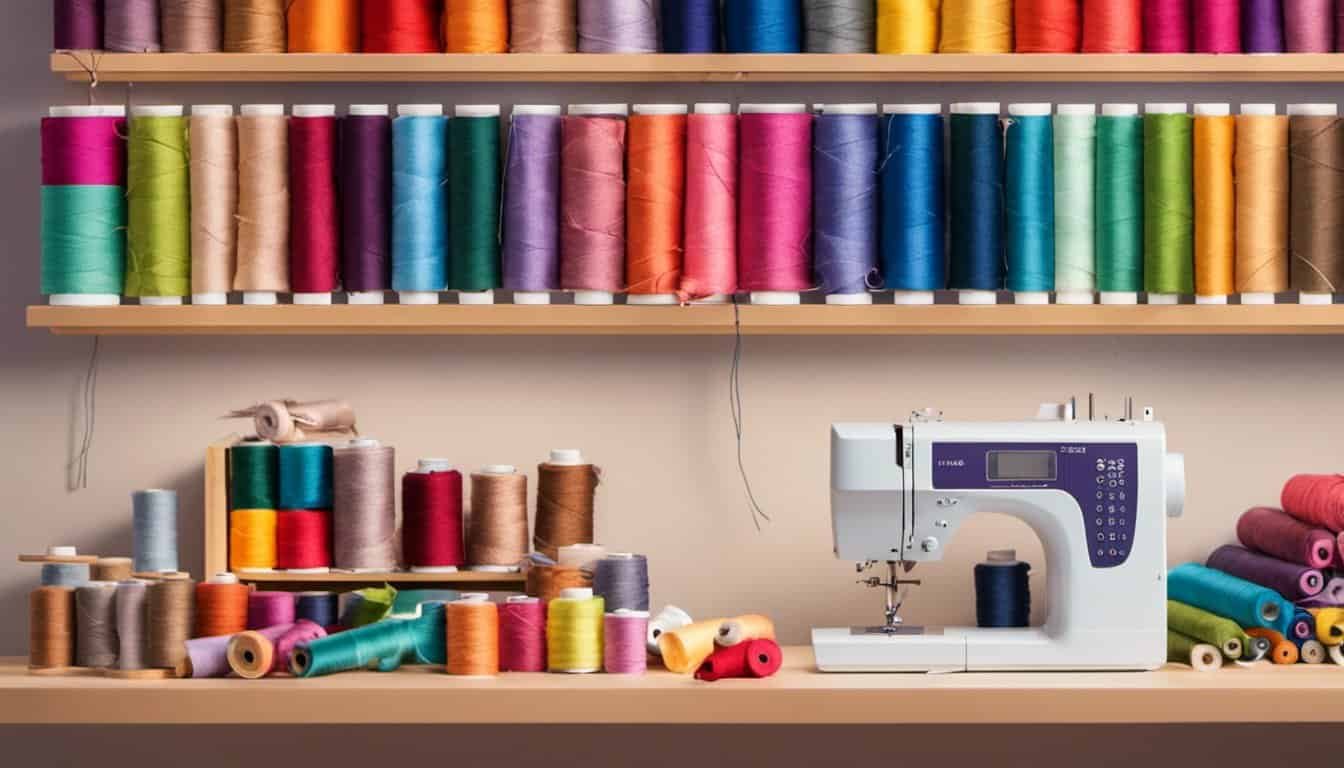
By having a sewing machine with a built-in serger function, you can enjoy the benefits of both machines without the need for additional equipment. You’ll be able to create professional seam finishes, neat edges, and secure seams just like a serger, but with the convenience and versatility of your sewing machine.
Remember, not all sewing machines have a serger function, so if you find that your machine doesn’t have this feature, don’t worry! You can still achieve similar results by using other sewing techniques or by considering investing in a separate serger machine.
How to Identify if Your Sewing Machine has a Serger
When it comes to sewing, having the right equipment can make a world of difference in the finished results of your projects. One important piece of machinery that many sewers find beneficial is a serger. But how do you know if your trusty sewing machine already has this handy function built-in? Let’s find out!
Here are a few simple steps to help you identify if your sewing machine has a serger:
- Check the Features: Start by examining the features of your sewing machine. Look for any mention of a serger or overlock stitch. Some machines have a convenient dial or button specifically labeled for the serger function.
- Look for Specific Stitch Options: Next, take a closer look at your machine’s stitch options. Look for stitches that resemble overlock stitches, which are typically used for finishing seams. These stitches will have multiple threads and will create a clean and professional-looking edge.
- Explore the Manual: If you’re still unsure, consult your machine’s manual. The manual should provide information on whether or not your sewing machine has a built-in serger or any special serger features. The manufacturer often includes detailed instructions and illustrations to guide you through the process.
Remember, having a sewing machine with a built-in serger function can offer you the convenience of both machines in one. It allows you to create beautifully finished seams and edges with ease. However, if you discover that your machine doesn’t have this feature, don’t worry! There are still ways to achieve similar results using other sewing techniques or by investing in a separate serger machine.
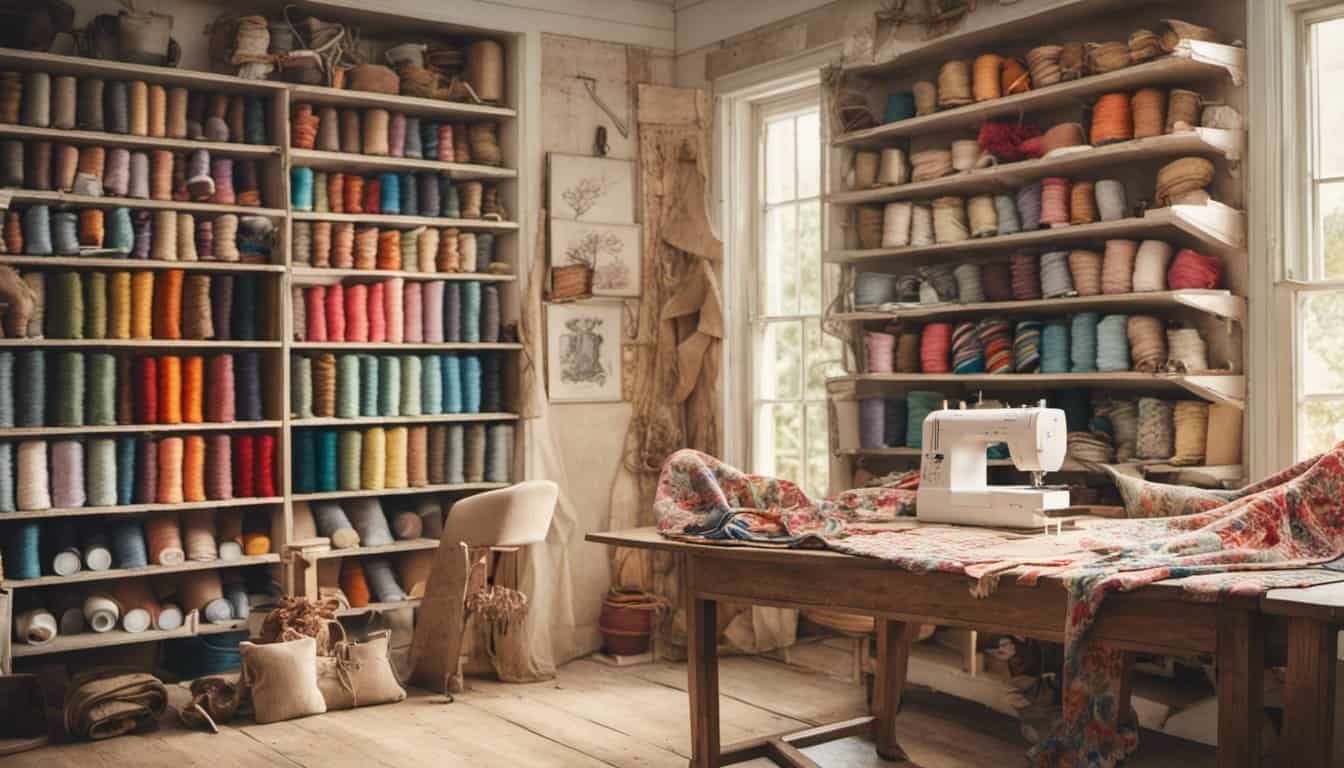
So, take a few moments to familiarize yourself with your trusty sewing machine’s features and explore the manual. You may be pleasantly surprised to find that you already have a hidden serger gem! And if not, don’t fret. Embrace the journey of enhancing your sewing skills with the tools you have, or consider upgrading to a machine that suits your needs.
Conclusion
By following the tips provided in this article, you can easily determine if your sewing machine has a built-in serger. Checking the features, looking for specific stitch options, and exploring the manual are all effective ways to identify this functionality.
Having a sewing machine with a built-in serger offers numerous advantages, as it combines the benefits of both machines in one. You can achieve professional-looking finishes and save time by avoiding the need for additional equipment or manual finishing techniques.
However, if your sewing machine does not have a serger function, do not worry. There are still alternative methods to achieve similar results. You can explore other sewing techniques, such as using a zigzag stitch or overcasting, to finish your seams neatly. Additionally, if you find yourself frequently needing serger-like finishes, you may consider investing in a separate serger machine.
Remember, understanding the capabilities of your sewing machine is essential for maximizing its potential and enjoying your sewing projects to the fullest. Happy sewing!
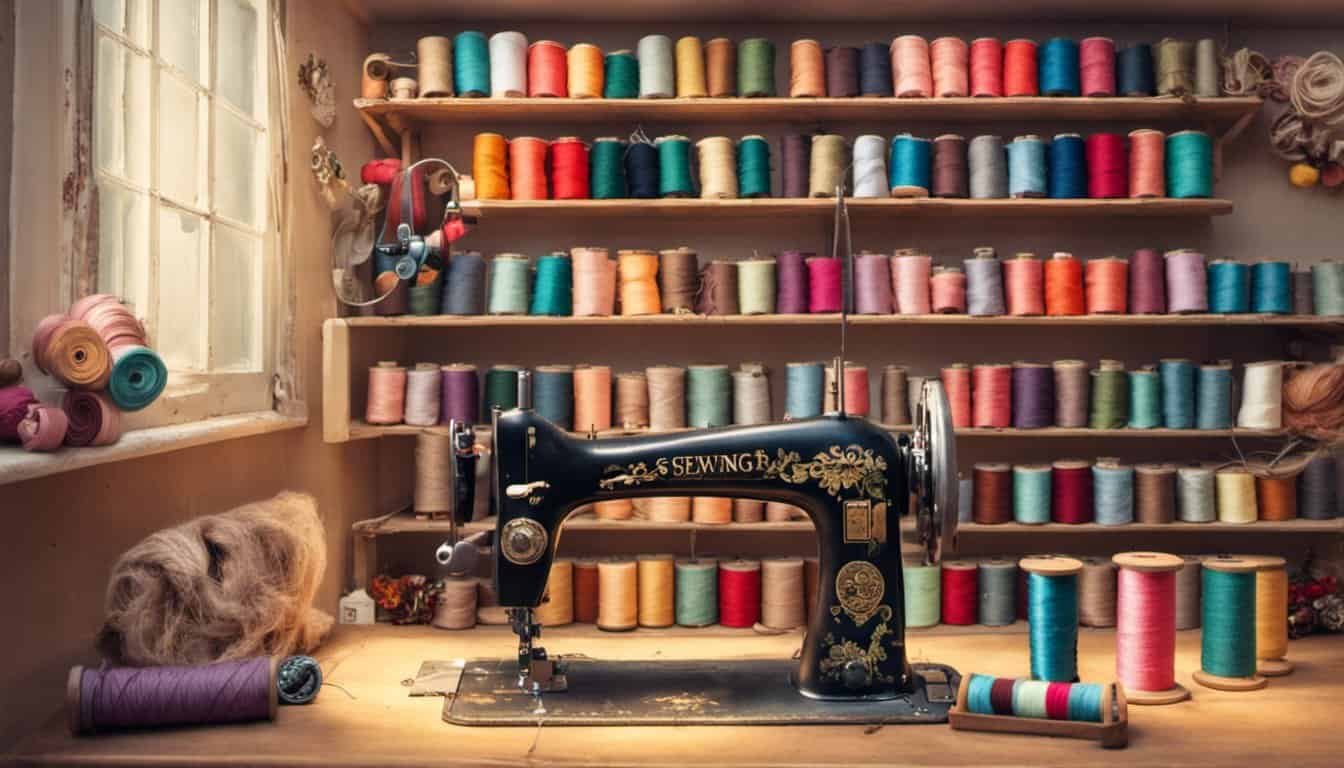




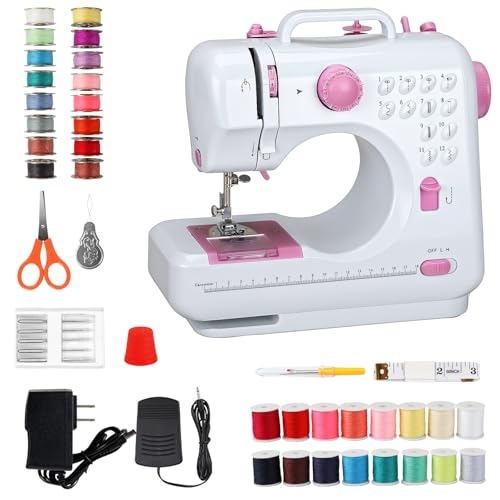


![KPCB Tech Sewing Machine for Beginners [Full Set] with Finger](https://m.media-amazon.com/images/I/41I3AiyNlWL._SL500_.jpg)




